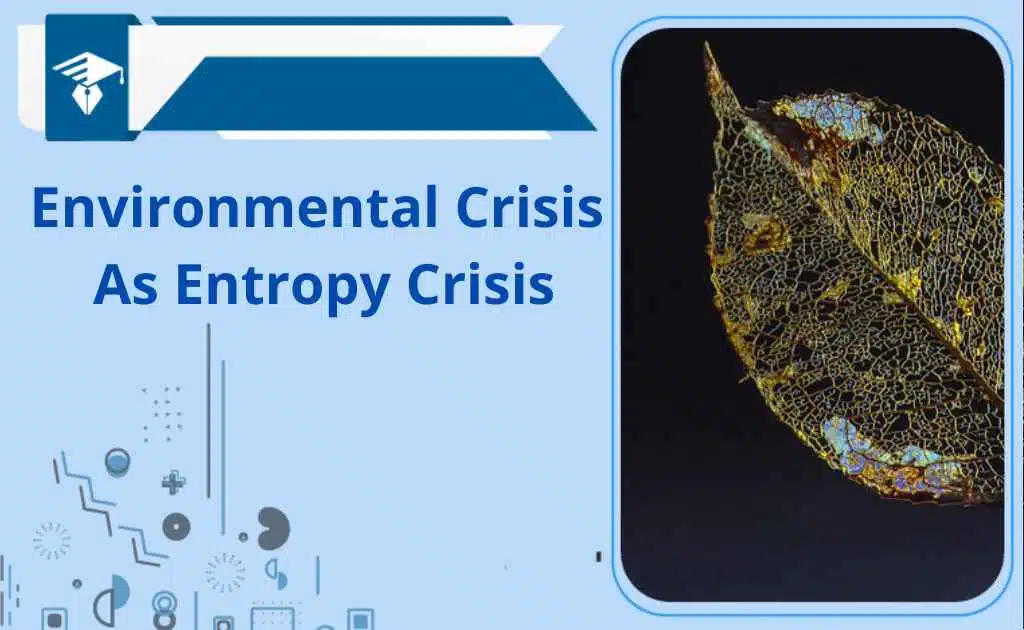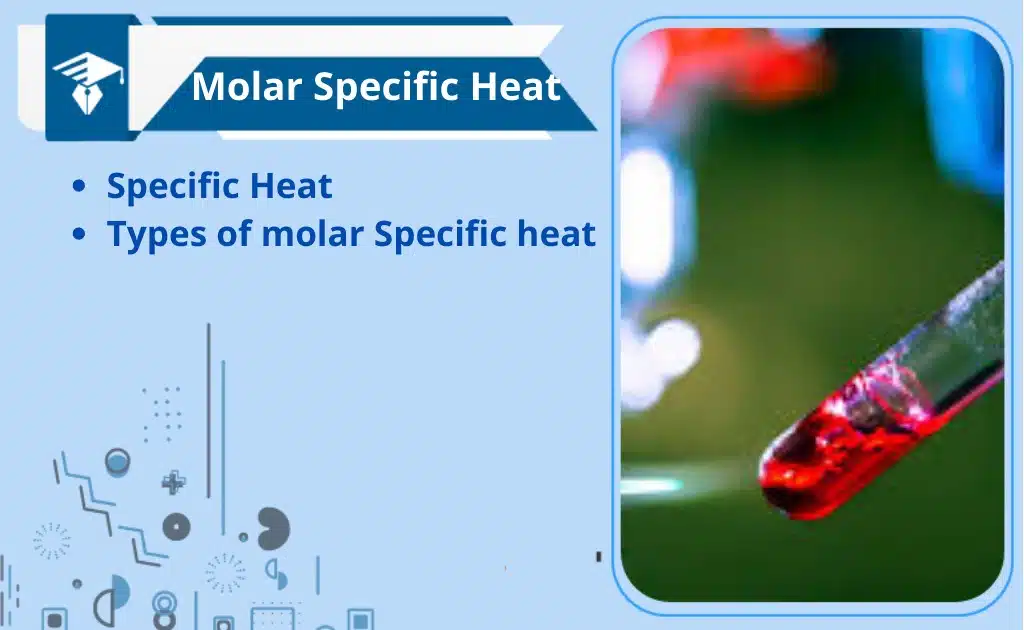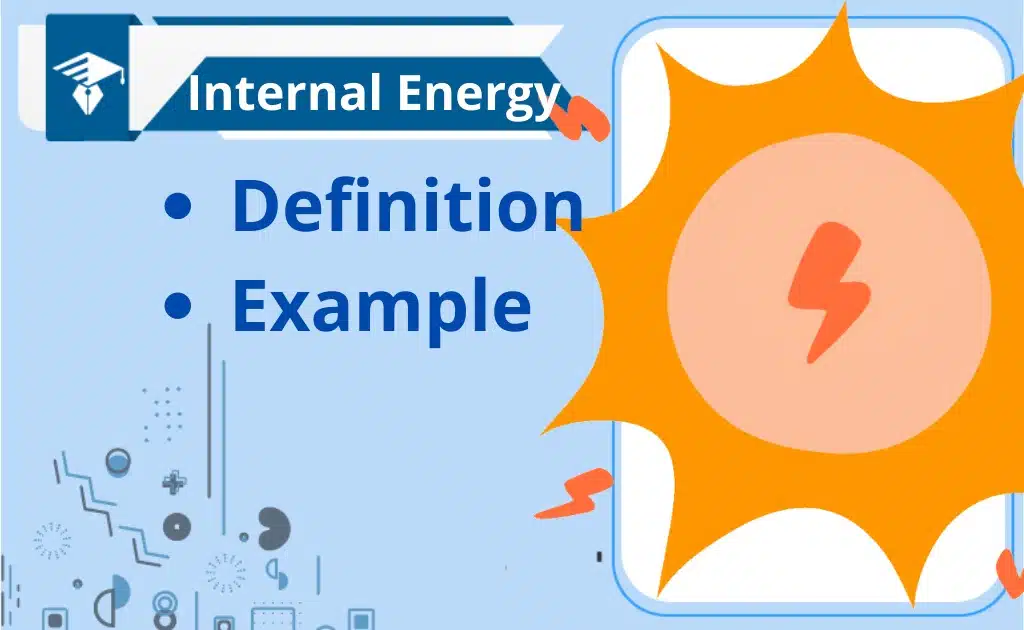Thermal Conductivity-Definition, Measurements, And Factors
The rate of flow of heat across the opposite faces of a substance maintained at a temperature difference is called thermal conductivity.
What is thermal conductivity?
Thermal Conductivity is a measure of how well something conducts heat. Thermal conductivity is measured in units called watts per meter kelvin (W/mK). A higher value indicates greater thermal conductivity.
The rate of heat transfer in materials of low thermal conductivity is lower than in materials of high thermal conductivity. For example, metals have high thermal Conductivity and are very efficient at conducting heat, while Styrofoam has lower thermal conductivity and is less efficient at conducting heat.
Materials with high thermal conductivity are used in heat sink applications, while materials with low thermal conductivity are used as thermal insulation. It’s called thermal resistivity and it’s the inverse of thermal conductivity.
The thermal conductivity of a material is related to its specific heat capacity and density. As a rule of thumb, materials with high thermal conductivity have a low specific heat capacity and vice versa.
Learn about 10 examples of conduction and how they relate to thermal conductivity.
Thermal conductivity Formula
Thermal conductivity is defined by the formula given as
K = (QL)/(AΔT)
- K is the thermal conductivity
- Q is the amount of heat transferred
- L is the distance between the two isothermal substances
- A is the area of the surface
- ΔT is the difference in temperature in Kelvin
Thermal conductivity is measured in units called watts per meter kelvin (W/mK).
Measurement of thermal conductivity
There are two methods for the measurements of thermal conductivity
- Steady-State Techniques
- Transient Techniques
Steady-State Techniques
When the temperature of the material measured does not change with time, steady-state techniques can be used to perform a measurement. Steady-state implies constant signals, so the signal analysis is straightforward. There is a disadvantage to having a well-engineered experimental setup.
Transient Techniques
Measuring the Effective Thermal Conductivity of Saturated Porous Media With a Constant Boundary Heat Flux is a Transient technique. An experimental method for measuring the thermal conductivity of saturated porous media is presented.
Factors affecting the thermal conductivity
There are some factors that affect the thermal conductivity
- Cross-Sectional Area
- length
- Temperature
- Influence of magnetic fields
Cross-Sectional Area
Larger cross-sectional area A of a substance contains a larger number of molecules and free electrons on each layer parallel to its cross-sectional area and hence greater will be the rate of flow of heat through the substance.
Q/t∝A
Length of a substance
The larger the length between the hot and cold end of a conductor, the more time it will take to conduct heat to the colder end and the smaller will be the rate of flow of heat.
Q/t∝1/L
Temperature
There is a difference in the effect of temperature on thermal conductivity between metals and nonmetals. Free electrons are the main factor that contributes to heat conductivity in metals. The absolute temperature (in kelvins) times electrical conductivity is the basis for the thermal conductivity of metals.
With increasing temperature, the electrical conductivity in pure metals decreases, and thus the product of the two, the thermal conductivity, remains constant. The thermal conductivity increases with temperature, but as temperatures approach absolute zero, the thermal conductivity decreases sharply. A peak thermal conductivity between 2 K and 10 K can be found in many pure metals.
Influence of magnetic fields
The Maggi-Righi-Leduc effect describes the thermal conductivity of conductors when they are placed in a magnetic field. When magnetic fields are present, a temperature gradient is observed.







Leave a Reply